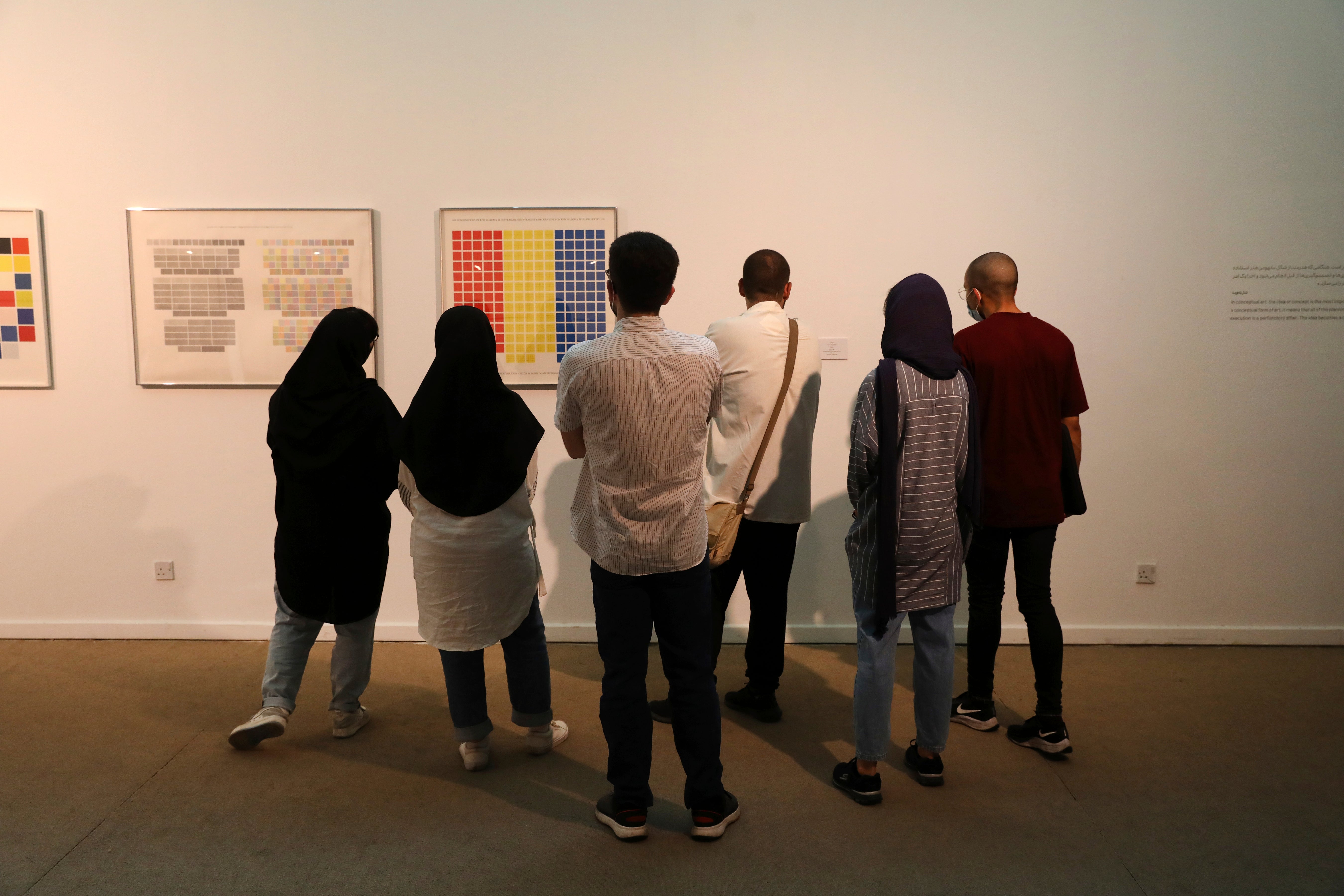Famed Iran art museum closes to deal with insect infestation
Tehran’s contemporary art museum has issued an apology for temporarily closing to handle a pest infestation

Your support helps us to tell the story
From reproductive rights to climate change to Big Tech, The Independent is on the ground when the story is developing. Whether it's investigating the financials of Elon Musk's pro-Trump PAC or producing our latest documentary, 'The A Word', which shines a light on the American women fighting for reproductive rights, we know how important it is to parse out the facts from the messaging.
At such a critical moment in US history, we need reporters on the ground. Your donation allows us to keep sending journalists to speak to both sides of the story.
The Independent is trusted by Americans across the entire political spectrum. And unlike many other quality news outlets, we choose not to lock Americans out of our reporting and analysis with paywalls. We believe quality journalism should be available to everyone, paid for by those who can afford it.
Your support makes all the difference.Tehran’s contemporary art museum has issued an apology and temporarily closed to handle a pest infestation, raising concerns after footage of insects scuttling across world-famous work spread widely on social media.
Insects, which may attack and eat away at paintings, pose a serious threat to the American and European minimalist masterpieces now for the first time on display at the Tehran Museum of Contemporary Art since the 1979 Islamic Revolution ousted Iran's Western-backed monarchy.
A video went viral earlier this week showing two paper-eating silverfish squirming under the glass of a 1978 industrial photograph by influential German photographers Bernd and Hilla Becher. The sighting of the wingless pearl gray bugs provoked shock and disgust on social media.
The museum apologized to the public on Wednesday, insisting that the “proper maintenance” of its prized works “is of the utmost concern to all of us.” As soon as the infestation became apparent, it said, experts rushed to the museum and carefully cleaned the exhibited artworks.
Insects have not damaged the Becher photograph or any other pieces, the museum said, adding that it would close for two days so pest control technicians could tackle the problem.
Ebadreza Eslami Koulaei, the museum's manager, told Iran's semiofficial ISNA news agency that experts were closely monitoring the works, because “when you see one insect, you should predict maybe there are more.”
“When works are taken out from their boxes to be brought to galleries, there is a possibility such incidents happen,” he said.
Many of the renowned contemporary Western works on display had been hidden in the museum vault for decades. Iran's Shiite clerics who came to power in 1979 packed away the art to avoid offending Islamic values and catering to Western sensibilities.
Iran's Western-backed shah, Mohammad Reza Pahlavi, and his wife, the former Empress Farah Pahlavi, had built the museum and acquired the multibillion-dollar collection during the oil boom of the late 1970s.
The sensational art — cubist, surrealist, impressionist, even pop art — has gradually resurfaced in recent years as cultural restrictions eased in the Islamic Republic.